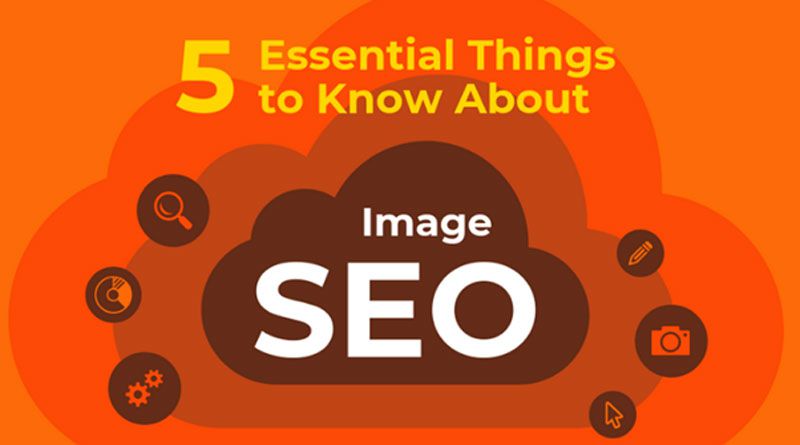You optimize the content and title of your website well for search engines and users, but did you know that you can also get organic traffic through images?
Images play a major role in SEO, as research from 2018 statistics from Jumpshot shows that 20% of web owners in the United States get their images from Google. And more than 50% of people search for products on Google through images.
Our team has often found that people do not pay much attention to images while doing SEO, but experts know how important photos are for SEO, so they get a good rank on search engines, and photographs also bring traffic to the website.
Optimizing images for SEO has many benefits, improves website loading speed and website navigation.
Image Optimization Tips for SEO
Let’s look at the five tips for which you have come here.
You can improve your website’s images by looking at these tips, whether it is doing WordPress SEO or Shopify SEO, or any other platform.
1. Choose the Right Format
There are many formats to choose images for the web, but JPEG and PNG are the common formats that most websites choose.
- PNG produces better-quality images with larger sizes.
- Image quality is reduced in JPEG but can be used on the web for a better balance.
- WebP is the only format supported by both Chrome and Firefox.
2. Create Unique Images
You want your images to appear on search engines. If you put stock imagery on your website, it will look unrealistic, and your photos will never show up on search engines like other websites.
A corporate website or a completely dependent business on customers uses stock images on their website. Many companies have already used those photos, and possibly customers have also seen those photos.
That’s why Google does not display those photos in the search engine, and the customer also does not feel connected to them.
The more original photos your website has the better your ranking in search engines and the user experience.
3. Compress Your Images
According to the HTTP Archive, images occupy an average of 21% of the total weight of a webpage.
That’s why I would recommend compressing the image here; you can reduce the size of the picture by taking the help of tools like photoshop or tiny.
You would never want to see an image on your website that opens late, and the search engine bots will see it as if you see a large VAT from Crisco.
You can use a plugin like WP smush on the website, which can reduce the size of the image without reducing its quality.
4. Give an ALT Text & Title name.
Name the image as a title and alt text to explain what the image is about or describing to Google and other search engines.
When the image does not load, then you will get an image alt text box in the top left corner, in which you have to name seo friendly alt text so that when the image is not loaded in front of the user, they can see what is the with pictures and how it will look.
Image Syntax
Let’s say that there is a picture of chocolate; if you want to name it Alt, then how will you give it?
<img src=”chocolate-1.jpg” alt=”chocolate”/>
5. Make Your Page Title & Description
Google has revealed that the title and description also work as part of the image search algorithm.
Google has stated that when the user searches for the image, it uses title and meta tags to explain the picture best.
Conclusion:
Your image should be unique, low in size, and of high quality. Optimize your images for search engines by including image dimensions, alt text, title name, description in the picture for better results and ranking. And Yep, add your image in the sitemap and make sure the image should be mobile-friendly.
Manoj Babal is a digital marketing Expert at Axis Web Art Web Development Company, using his vast business and personal experiences to help digital entrepreneurs build bulletproof businesses and reach the freedom they desire. He is also a seasoned writer and loves to write on Digital marketing, SEO, SEM, Social Media, Technology, Business, and Entrepreneurs.

